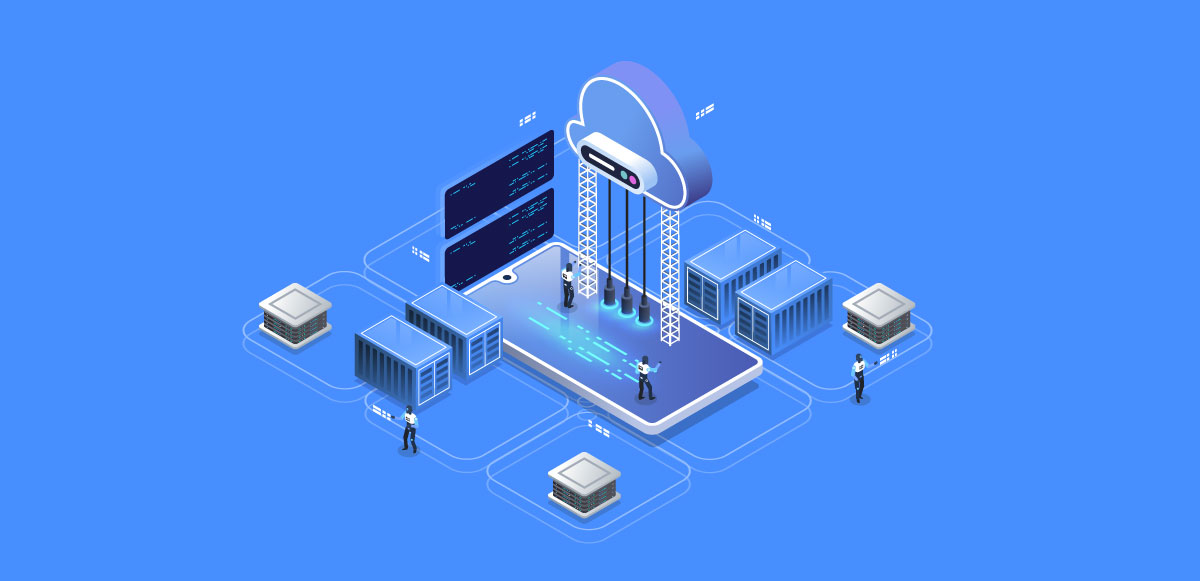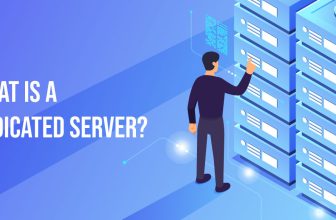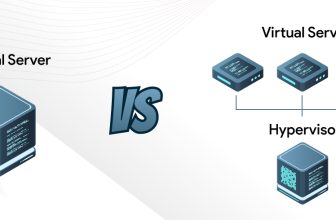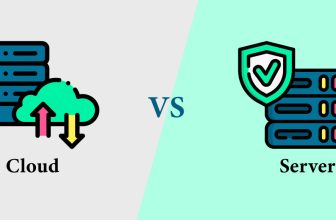Cloud Infrastructure

Cloud Infrastructure Explained
Cloud infrastructure is a term used to describe the back-end devices and technologies needed for cloud computing. It includes hardware and software resources like server hardware, storage systems, networking gear, and virtualization software that are used to build and manage the Cloud. Based on the business needs, Cloud providers deliver storage, processing power, software applications and other Cloud services via the internet. Organizations can access computing resources on the Internet on a need basis instead of building and maintaining an in-house infrastructure. Cloud infrastructure is designed to offer high scalability, flexibility, resiliency, and the ability to provision and de-provision resources based on changing needs.
Now, let us also discuss two crucial terms, often mistaken with Cloud Infrastructure
Cloud Architecture – It mainly points to the design and organization of a cloud computing environment. It includes the decisions about configurations of cloud infrastructure. While the cloud infrastructure refers to the tools that are utilized to build a cloud environment, a cloud architecture is like a “blueprint” of the Cloud environment to be built.
Cloud Computing, also referred to as utility or on-demand computing, involves on-demand use of computing elements like virtual and physical servers, data storage, and networking capabilities, AI-based analytic tools, etc. via the Internet based on a pay-as-you-go model. It draws on remote data centers, storage infrastructures, and servers owned and operated by cloud service providers.
In a nutshell, while the Cloud Infrastructure denotes the physical and software components that are meant to build a cloud computing environment; Cloud Computing means the delivery of resources and services through the Internet. Cloud Architecture is the design of a cloud computing environment.
Elements of Cloud Infrastructure
Compute Capabilities – The compute layer runs the containers, virtual machines, and workloads. With the use of virtualization tools, virtualized resources are created that can be flexibly allocated and reconfigured. Compute resources leverage multi-tenant architectures to provide applications and workloads the power to let multiple users share resources.
Storage Systems – Storage systems help manage the data within a cloud environment. It is the data space to store workloads, hosted by providers on a physical structural design. Cloud storage can be accessed with internet accessibility. The storage is kept scalable, in terms of size and regional availability. It allows its users to store huge amounts of data that is also accessible from anywhere at any time.
Networking Systems – Networking in Cloud facilitates the connection of different data storage, services, applications, and workloads across data centers and servers. For network connectivity, cloud providers use equipment like network switches, load balancers, etc. Networking systems are designed for seamless performances and high availability of resources. This is done through establishing secure connections between apps and devices or using load balancers.
Virtualization Technology – Virtualization tools let developers create virtual instances of physical hardware resources. So, the end users can use and run applications on a flexible and on-demand basis without the need for any dedicated hardware.
Cloud Computing Delivery Models
Cloud computing services are delivered in 3 models, namely:
- Cloud Infrastructure as a Service
- Platform as a service
- Software as a service
Let us explore each one briefly:
Cloud Infrastructure-As-A-Service (IaaS)
Cloud Infrastructure-As-A-Service (IaaS) is a modern concept that endeavours to offer exceptional scalability, flexibility, and cost benefits to businesses. Having a well-defined Cloud Infrastructure Architecture is key to seamless management and deployment of resources. Cloud Infrastructure Management tools include Virtual Machines (VMs), databases, containers, etc.
Organizations often consider Cloud Infrastructure Migration as a part of Cloud Modernization Strategy. This is a complex process that requires transferring existing applications and data from an on-premises environment to a public or private cloud. A Cloud Infrastructure Services company can do it with careful planning, minimum downtime, and smooth transition. They give specialized solutions tailored to specific industries and businesses according to the use cases. They leverage the right cloud infrastructure management tools, for building a robust architecture and a good migration strategy to help them a digital transformation and unlock new growth opportunities.
IaaS offers several business benefits, like cost efficiency, rapid deployment, reliability, high availability, security, scalability, and more. IaaS vendors cater to their clients by maintaining highly secure data centers. They use a variety of devices and give access to the cloud computing infrastructure on consumption-based pricing.
Platform as a Service
Platform as a service (PaaS), provides additional functionalities on top of infrastructure resources like load balancing, app development structures, and automated deployment tools. How extensively should the customers use cloud services is determined by overall IT and business goals. Like IaaS, PaaS includes not just infrastructure elements like servers, storage, and networking, but also development tools, database management systems, business intelligence (BI) services, etc. It completes the application lifecycle from building, deploying, managing, and updating.
Software as a Service
Software as a service (SaaS) lets users use cloud-based apps via the Internet e.g. Email and office tools like Microsoft Office 365. An app can be rented for your company and users can access it via the Internet. All the related infrastructure like middleware, app data, and data remains with the service provider’s data center. The responsibility of managing software with the suitable service agreement, vests with the provider ensuring availability and the security of the applications and data at minimal upfront cost.
Conclusion
Before your Cloud adoption consider cost modelling, security features, internet dependency, data residency, sustainability, and innovation from technologies. Understand and assess to make sure that your data is secure, there is high availability, data is stored as per laws and that your providers are leveraging the latest technologies for maximum benefits.







